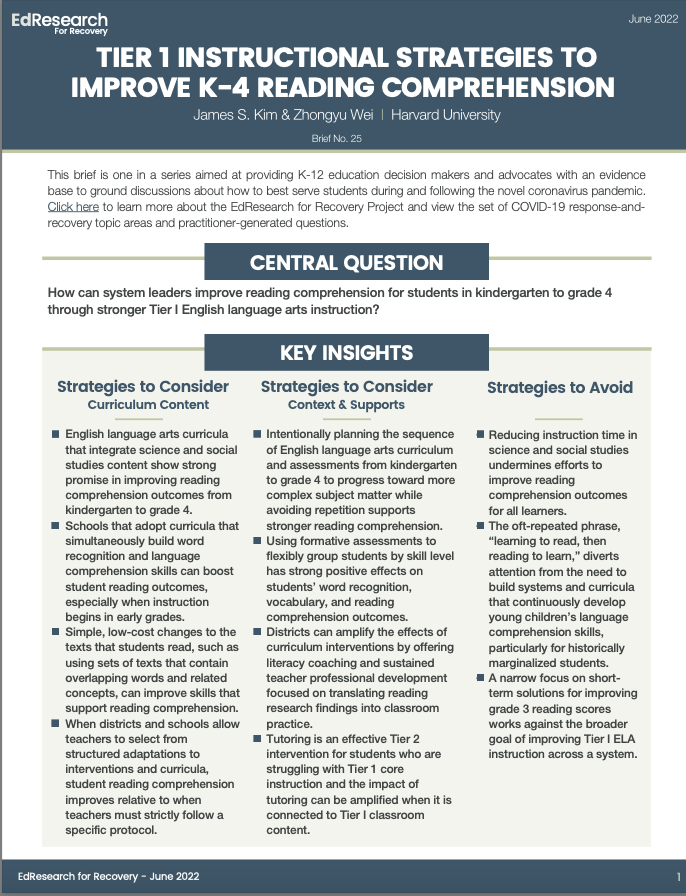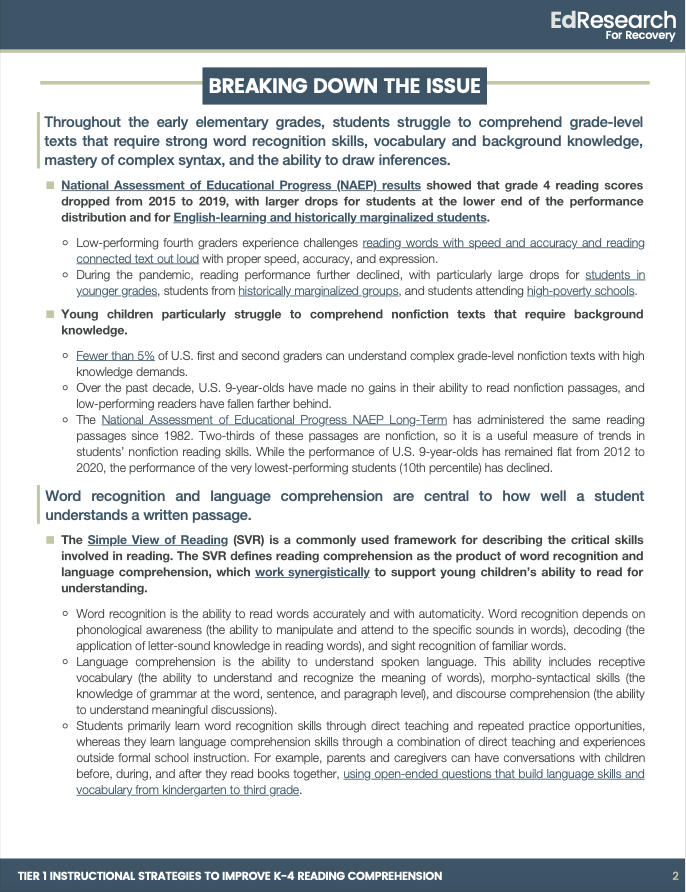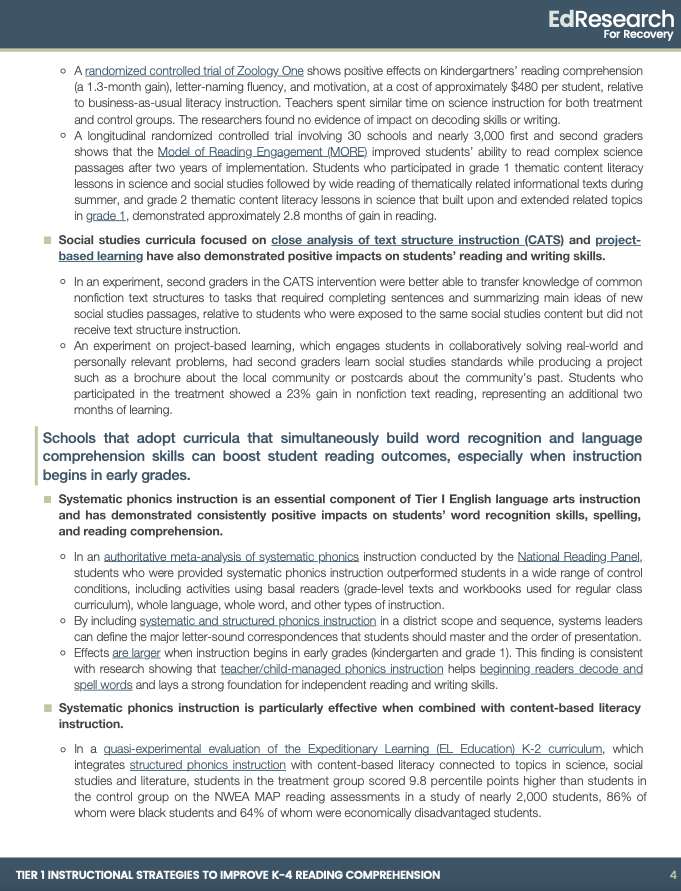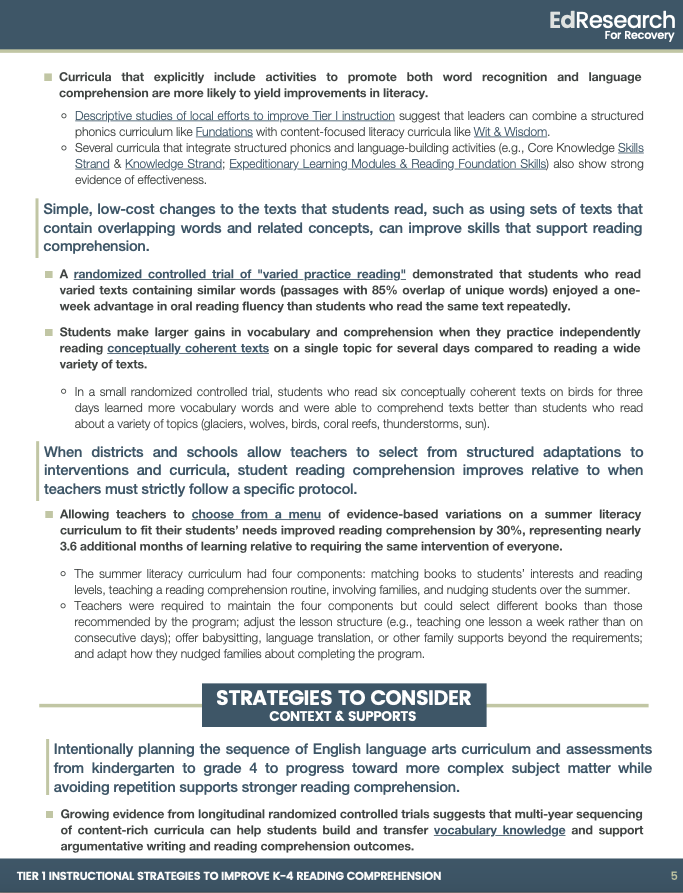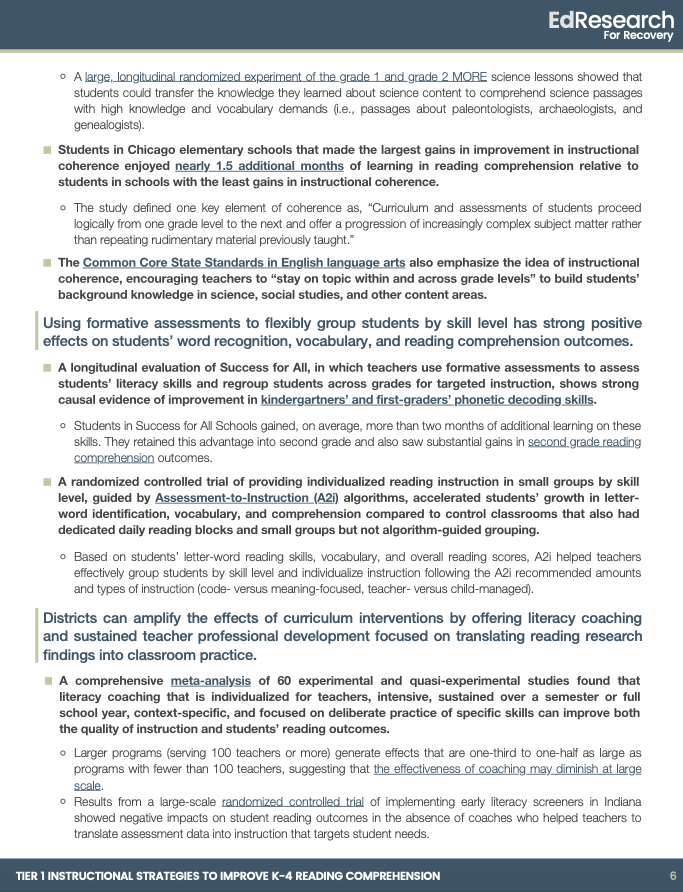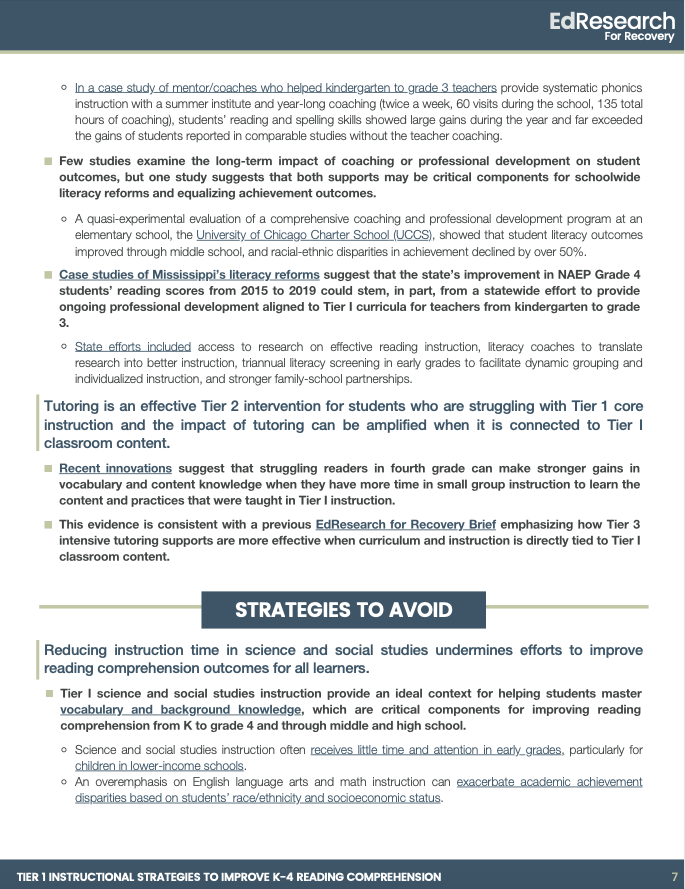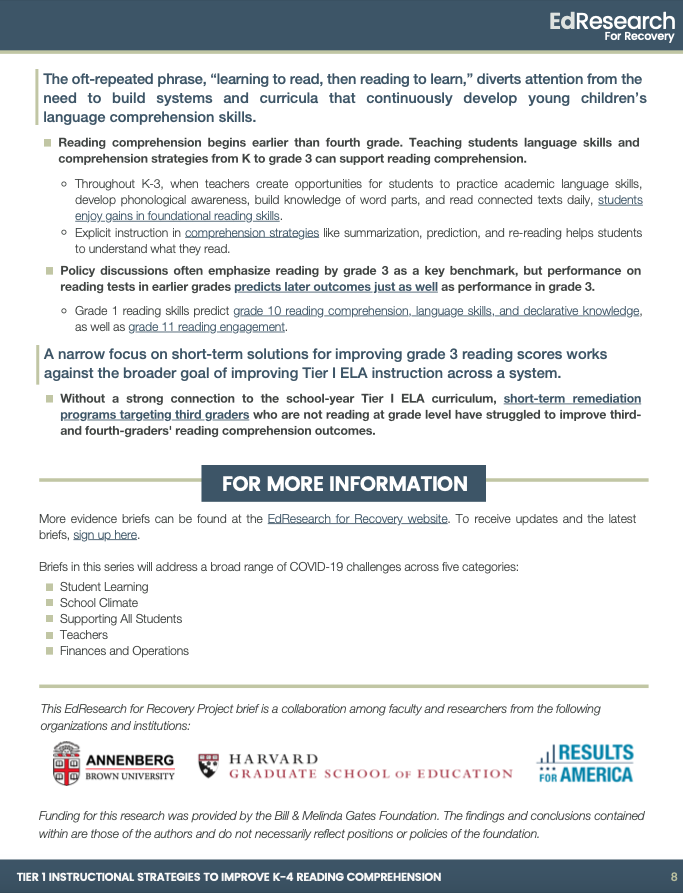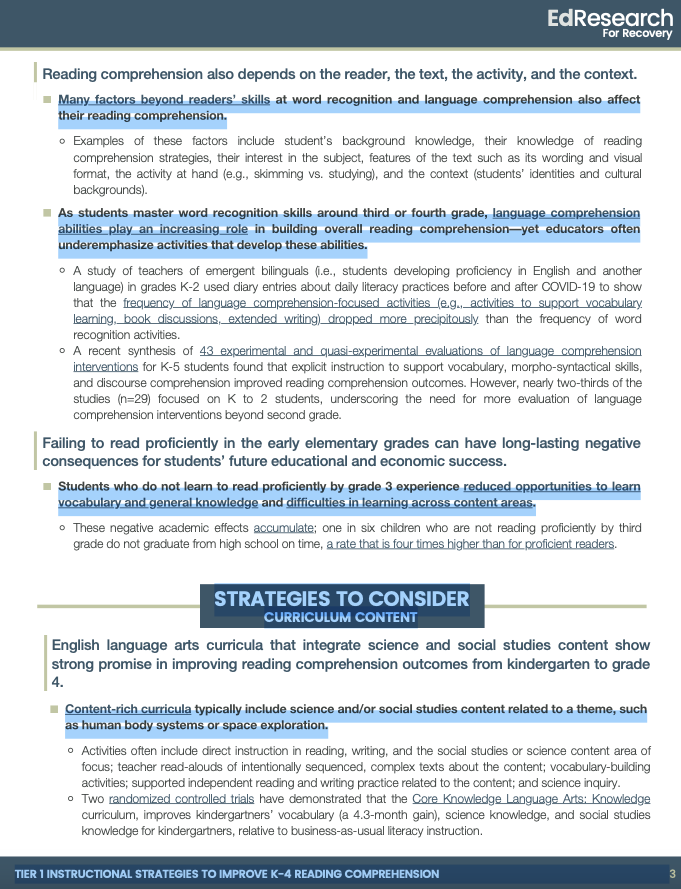The Impact of COVID-19 on the Reading Abilities of 9-Year-Old Children from Low-Income Families
James S. Kim & Zhongyu Wei | Harvard University
1/31/20242 min read
COVID-19 has undoubtedly had a profound impact on various aspects of our lives, including education. One group that has been particularly affected is 9-year-old children from low-income families, especially when it comes to their reading abilities. The pandemic has presented numerous challenges that have hindered their educational progress and further widened the existing achievement gap.
One of the primary reasons for this impact is the shift to remote learning. With schools closing and transitioning to online platforms, many low-income families struggled to provide their children with the necessary resources to continue their education effectively. Limited access to technology, internet connectivity issues, and a lack of suitable learning environments have all contributed to the decline in reading abilities.
Furthermore, the absence of in-person instruction and interaction with teachers has had a detrimental effect on these children's reading skills. Reading is not only about decoding words but also about comprehension and critical thinking. Without the guidance and support of teachers, many children from low-income families have missed out on essential reading strategies and practice that would have otherwise been provided in the classroom.
The pandemic has also disrupted the availability of books and other reading materials. Public libraries and schools, which are often the main sources of books for low-income families, have been closed or limited in their services. As a result, many children have been deprived of the opportunity to explore different genres, expand their vocabulary, and develop a love for reading.
Moreover, the emotional toll of the pandemic has had an indirect impact on children's reading abilities. The stress and anxiety caused by the uncertain circumstances have affected their concentration and motivation to engage in reading activities. The lack of routine and structure in their daily lives has also made it challenging to establish consistent reading habits.
Addressing these challenges requires a multi-faceted approach. First and foremost, it is crucial to bridge the digital divide by providing low-income families with access to technology and reliable internet connectivity. Schools and organizations should collaborate to ensure that every child has the necessary tools to participate in remote learning effectively.
Additionally, educators and parents must work together to provide targeted support for reading development. This can be achieved through virtual tutoring, small-group instruction, and the use of online resources that focus on reading comprehension and critical thinking skills.
Efforts should also be made to make books and reading materials more accessible to children from low-income families. This can involve initiatives such as book drives, partnerships with community organizations, and the distribution of free or discounted e-books.
Finally, it is essential to address the emotional well-being of these children. Creating a supportive and nurturing environment that acknowledges their feelings and provides opportunities for social interaction can help alleviate the stress and anxiety that may be hindering their reading progress.
In conclusion, the COVID-19 pandemic has had a significant impact on the reading abilities of 9-year-old children from low-income families. The challenges of remote learning, limited access to resources, and emotional factors have all contributed to this decline. By addressing these issues and implementing targeted interventions, we can strive to mitigate the effects of the pandemic and ensure that every child has an equal opportunity to develop their reading skills.
